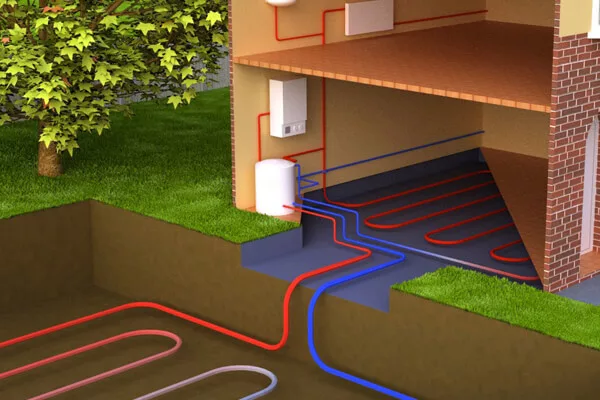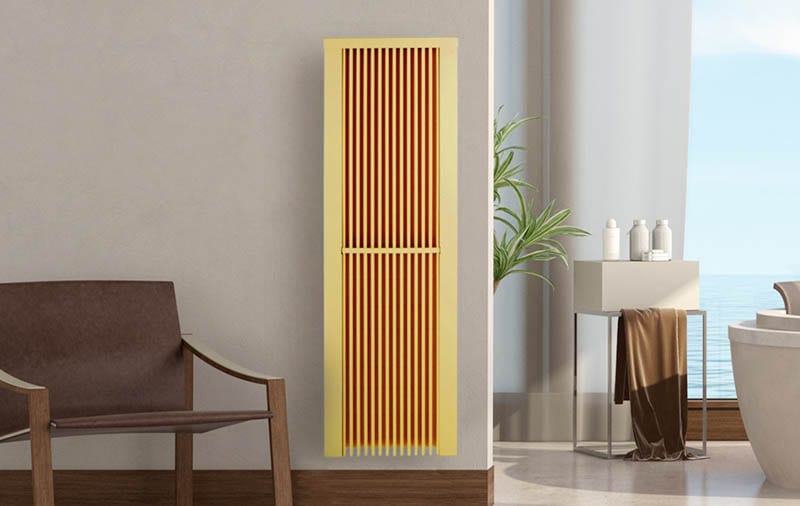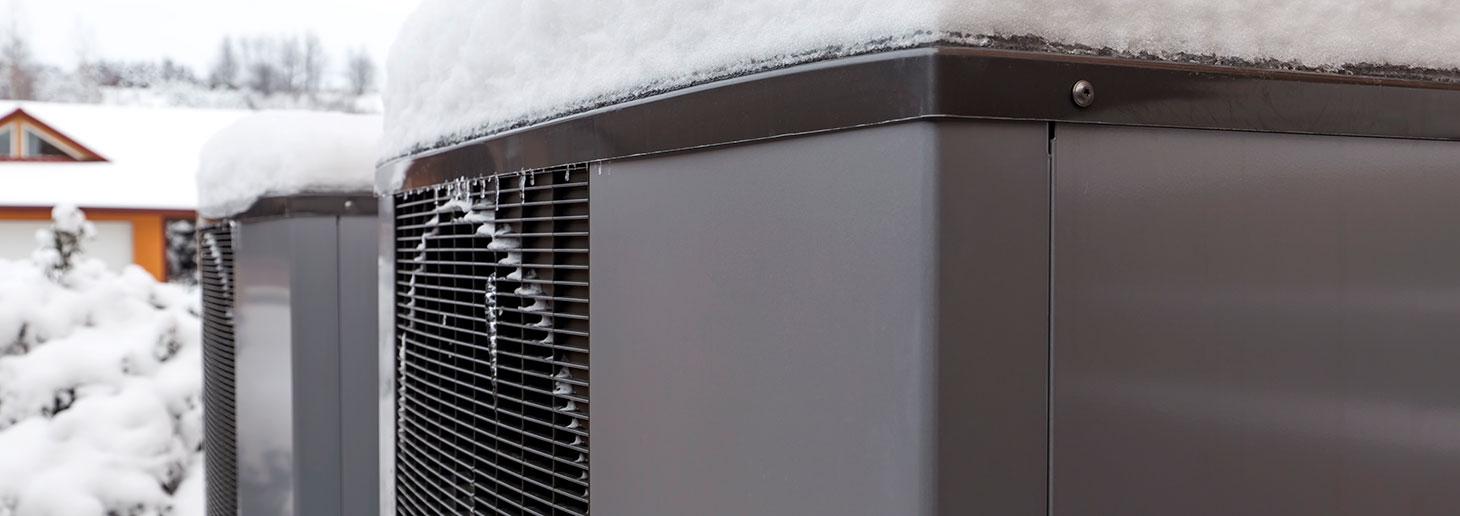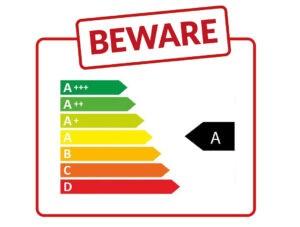On the road to Net Zero, how best to heat our homes has become the hottest of topics. As renewable energy becomes more common, low-carbon alternatives like heat pumps and electric heating have become the clear choice for a sustainable future. While their efficiency cannot be understated, both differ greatly in how they actually operate, affecting things like installation, maintenance, and feasibility in a standard UK household. So, which is better? Read on as we go over how they work, their pros and cons, and see which low-carbon heating system comes out on top.
Heat pumps: What are the options?
Heat pumps capture heat from the outside and transfer it around your home. The amount of electricity needed to operate is low compared to the heat they generate, making them highly efficient. However, how they actually get their heat positively and negatively affects a variety of factors.
Air source heat pumps
Resembling the appearance of an air conditioner, air source heat pumps are installed on the outside of a property next to an external wall. They vary in size depending on your home’s heating needs and can be used for both heating and cooling purposes, making them a versatile option for many types of properties.
How do they work?
Air source heat pumps work similarly to refrigerators in the sense that they absorb heat in one place and release it in another. Using air from the outside, warmth is extracted through a compressor and transferred throughout your home. Although efficient, they do deliver a lower heat supply than other systems. For this reason, many homes with air source heat pumps also install underfloor heating or larger radiators to improve performance.
The two main types of air source heat pumps:
Air-to-air: Air is transferred into your home via a fan system, which can be used for heating or cooling depending on the season.
Air-to-water: Transfers air into your central heating system to provide hot water or space heating.
| Pros | Cons |
| Works as both a heater and cooler | High installation fees – costs up to £18,000 |
| Versatile – suitable for many types of buildings | High maintenance needs – requires yearly servicing as well as regular cleaning |
| Long lifespan – can last up to 20 years | Less efficient during cold weather – can ice over |
| Can be paired with a smart thermostat and controlled from a smartphone | Lower heat supply than other systems |
| Available with the Boiler Upgrade Scheme | Not suitable for poorly insulated properties |
| Can be used for water heating | Makes noise while in operation |
Ground source heat pumps
Ground source heat pumps use a network of pipes buried in your garden to extract heat from the ground, transferring it to your home’s central heating system. Since the ground stays at a constant temperature throughout the year, they don’t have to work on overdrive during winter, giving them a leg up over air source heat pumps in this regard.

How do they work?
Pipes are installed horizontally or vertically – depending on the size of your garden – with a heat pump unit (roughly the same size as a fridge-freezer) fitted indoors. Extracting heat from the ground, this energy is turned into a liquid which circulates throughout the underground pipes and into the refrigerant. Warmth is compressed, raising the temperature, and a heat exchanger transfers it to your radiators or underfloor heating.
The two main types of ground source heat pumps:
Horizontal closed loop: Pipes are buried in horizontal trenches 1-2 metres below ground. As it requires a large amount of space to work, these heat pumps are more commonly used in rural areas.
Vertical closed loop: Narrow shafts (boreholes) are buried vertically around 50-150 metres deep. This is more expensive but works better in suburban areas where garden space is restricted.
| Pros | Cons |
| Increases property value | Very high installation fees – can cost up to £45,000 |
| Silent when in operation | Planning permission may be required |
| Long lifespan – can last up to 30 years | Complicated to install. Will involve significant work to your home and garden and can take several weeks to complete |
| Can be paired with a smart thermostat and controlled from a smartphone | Requires yearly servicing (£70-£150) |
| Available with the Boiler Upgrade Scheme | Efficiency affected by soil type – may require extra components to combat this |
| Can be used for water heating | Extra retrofitting may be required to improve your home’s insulation |
While the government has hailed heat pumps as the heating of the future, installation costs and the UK’s current housing infrastructure limits suitability for the vast majority of households.
- Space restrictions – With such a large population and comparatively small amount of land to accommodate, existing homes and new builds have a tendency of being built close together with limited outdoor space. So, unless you live in a rural area or already have a large garden, heat pumps aren’t really an option. Air source heat pumps are more versatile in this regard, however, with high maintenance needs and a lower supply of heat, many households might not see much of an upside.
- High upfront costs – Even with government incentives like the Boiler Upgrade Scheme, heat pumps are still only accessible to those with the means to install them. With only a 35%-50% contribution to upfront costs, it’s no surprise that only 9,888 households out of the estimated 30,000 have taken up the offer since launch.
- Extra retrofitting – The type of home you have will also affect the suitability of heat pumps. If you have an older property, its structure might not accommodate the insulation required for optimal performance, which would require extensive replumbing – yet another cost homeowners would have to cover.
With only 37,000 heat pumps fitted in UK homes compared to the 2.2 million with electric heating, we’ll let the numbers speak for themselves. With affordable upfront costs, quick and unobtrusive installation, zero maintenance and superior controllability as standard, it’s no surprise that electric heating comes out on top as the low-carbon favourite.



